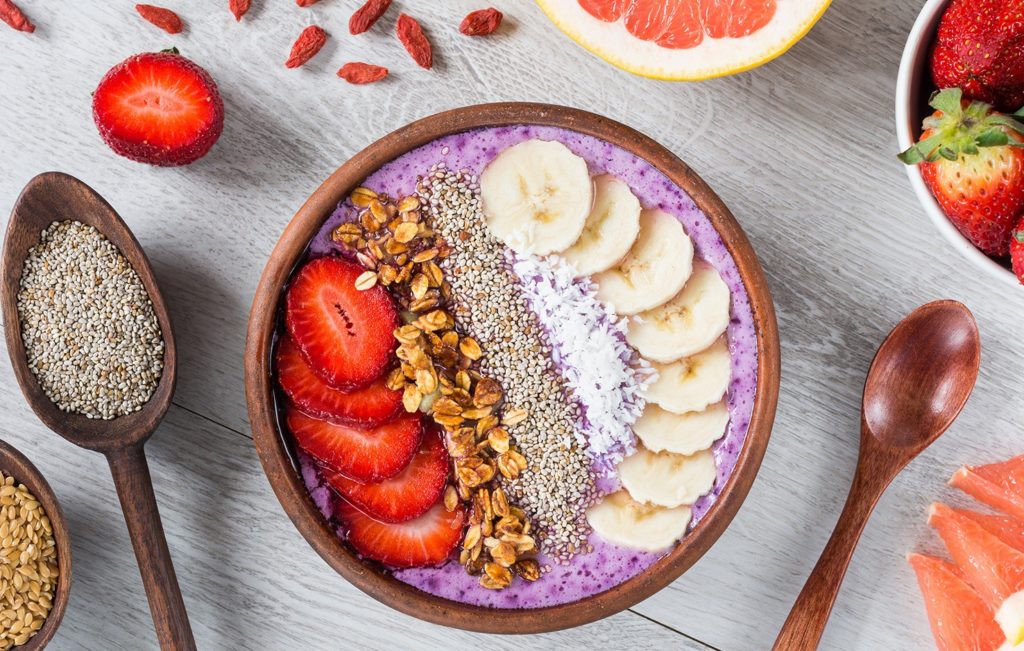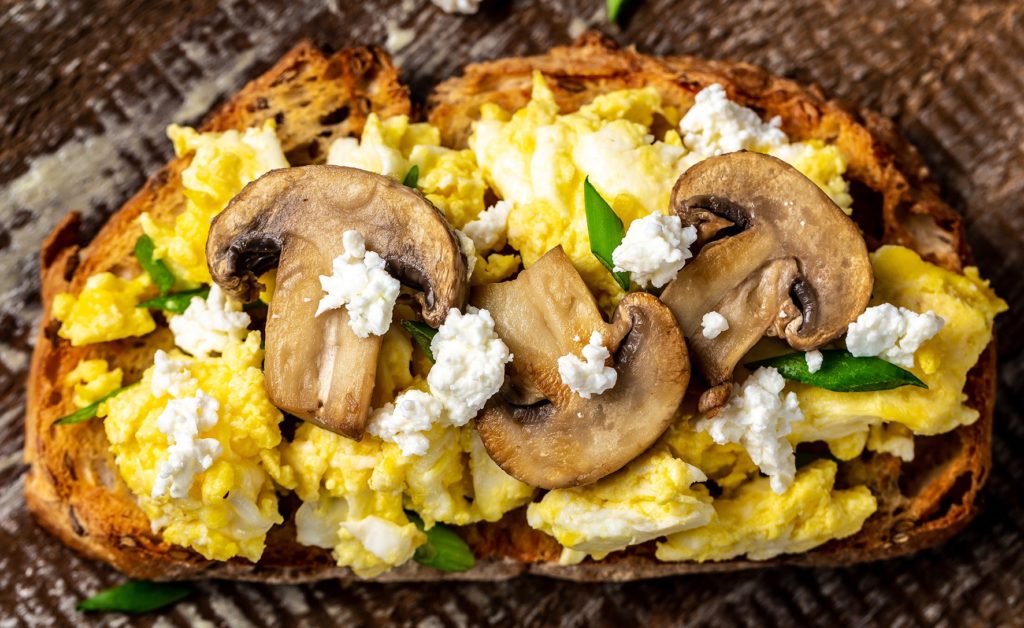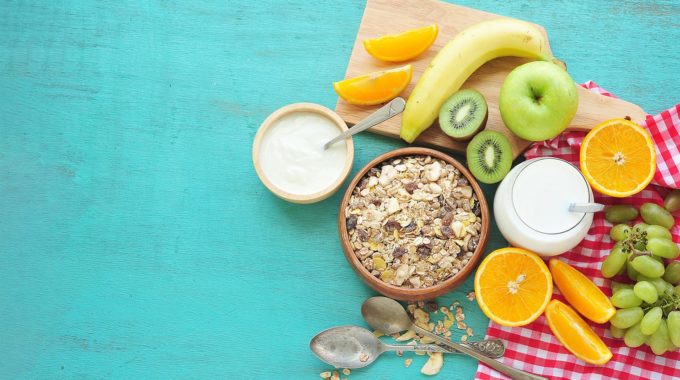Eating for energy: 4 questions answered
Eating for energy sounds simple enough: you eat food, it gives you energy. But some foods offer more sustainable sources of energy than others. Danone, the makers of low-sugar Two Good yoghurt, has partnered with Australian nutritionist, naturopath and wholefood advocate Reece Carter, to offer expert advice on choosing the right foods to keep you powering through the day. Here, Carter shares his knowledge and offers insights about eating for energy and health by answering four burning questions.

1. How can I beat the 3pm slump?
“One of the reasons people suffer from an afternoon slump is up-and-down blood sugar levels,” Carter says. “When we eat too many processed foods with refined carbs, our blood sugar levels can spike as our bodies quickly break down these sugars. This is usually followed by a big drop in blood sugar levels. It often leaves us feeling tired and hungry.”
Healthy snacking between meals is an important part of keeping “3pm-itis” at bay, Carter says. But not all snacks are created equal. It’s important to choose snack foods that have a low glycaemic index. These provide sustained energy. They also need to contain a decent hit of protein to keep you feeling full until your next meal.
“A good snack option is a small handful of raw and unsalted nuts like almonds or cashews,” he says. “These contain protein, healthy fats and micronutrients for optimal health. A serve of Two Good yoghurt is another good option. It has only two grams of naturally occurring sugar and 11 grams of high-quality dairy protein. Choosing low-sugar, high-protein snacks that have a low glycaemic index means they provide a slower and more prolonged increase in blood sugar levels. This will give you sustained energy throughout the afternoon.”

2. What should I look for on a nutrition label?
“Nutrition labels can look like hieroglyphs if you’re not used to reading them,” Carter says. “The first thing to do is understand the difference between the two columns. The ‘per serve’ column tells you how much of a particular nutrient you’ll be getting in each individual serving. However, the ‘per 100g’ column is more useful when comparing similar products.”
By using the “per 100g” column, you can compare energy, total fat and sugar for different products. This can help you choose a product that best suits your individual dietary needs.
“When it comes to sugar, my advice is to choose the product that has the lowest value per 100 grams,” Carter says. “Especially if you want to reduce your overall sugar intake.”

3. How do I know if the food I’m eating has hidden sugars?
“Food manufacturers know that people are starting to avoid sugar in their diets,” Carter says. “So they’re getting clever at hiding sugar in the ingredient list. When you’re choosing between food products, take a look at the ingredient list beneath the nutrition panel. Ingredients are listed in order of highest to lowest amount in the product. If sugar is one of the first three ingredients, it’s probably not the healthiest choice.”
Other common names for sugar you might see on an ingredient list include dextrose, fructose, glucose, sucrose, golden syrup, honey, maple syrup, maltose, lactose, brown sugar, caster sugar, maple syrup, raw sugar and coconut sugar.
“You should also be wary of foods such as highly processed bliss balls and snack bars,” Carter says. “They might claim to be healthy, but foods like these are often high in sugar and, if coconut oil is used, high in saturated fat, too.
“Similarly, those Insta-ready smoothie bowls you see online aren’t always as healthy as they look,” Carter says. “They often contain a lot of sugar and can be served in quite large portions. If nut butters are used, they can be much higher in calories as well.”

4. How can I make my breakfast healthier?
Eating for energy all starts with the first meal of the day. Your breakfast needs to provide you with enough sustained energy to get you through to lunch. Carter says that stocking your pantry and fridge with the right foods is key to a healthy breakfast.
Firstly, you want a source of wholegrain carbs such as rolled oats or wholegrain bread. These provide a slow release of energy. Next, add fresh fruit or vegies for extra fibre and nutrients. Lastly, you want a hit of high-quality protein from foods such as eggs or dairy.
“The main things you want to avoid are highly processed breakfast cereals, chocolate spreads and jams and high-sugar yoghurts,” Carter says. “It’s not unusual for some flavoured yoghurts to contain as much as 15 grams of sugar per 100 grams.
It’s important to note that small amounts of sugar are part of a normal healthy diet. But the sugar we eat should ideally come from natural sources of sugar such as whole fruit.
“However, many of us are eating too many processed foods with added sugar,” Carter says. “So, switch your cereals for wholegrain rolled oats, use stevia and whole fruit for sweetness instead of sugar, and swap out high-sugar yoghurt for a low-sugar option.”
Want more info on eating for energy? Check out this advice on the best foods for a productivity boost. Plus, we show you how to hit refresh on bad snacking habits.









